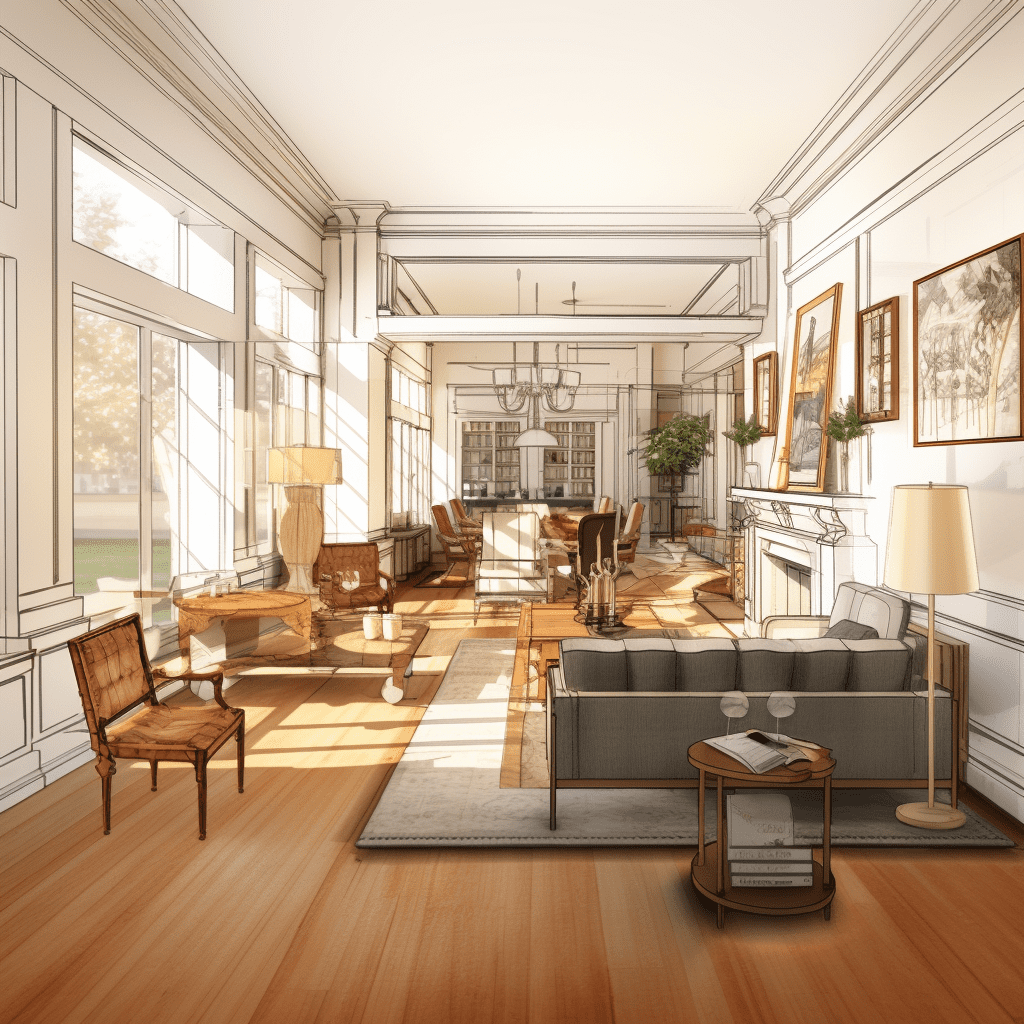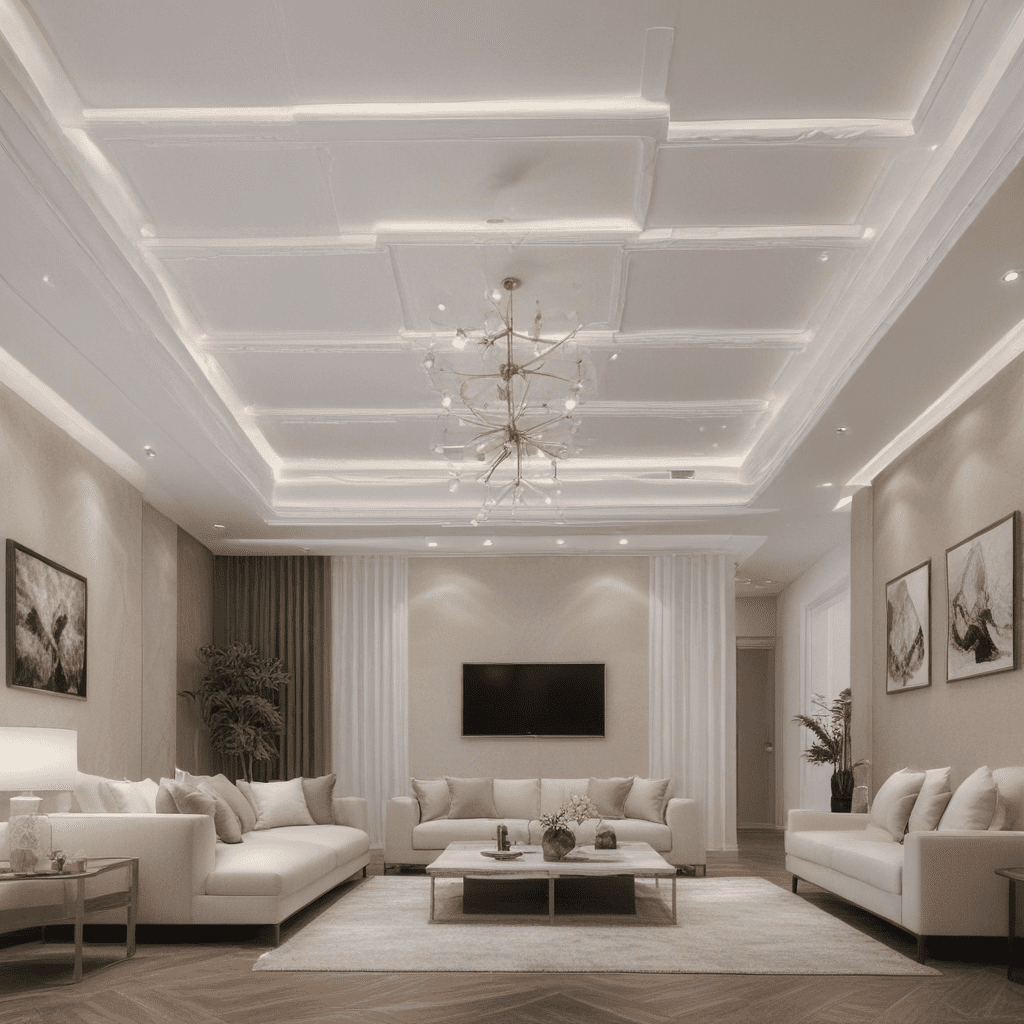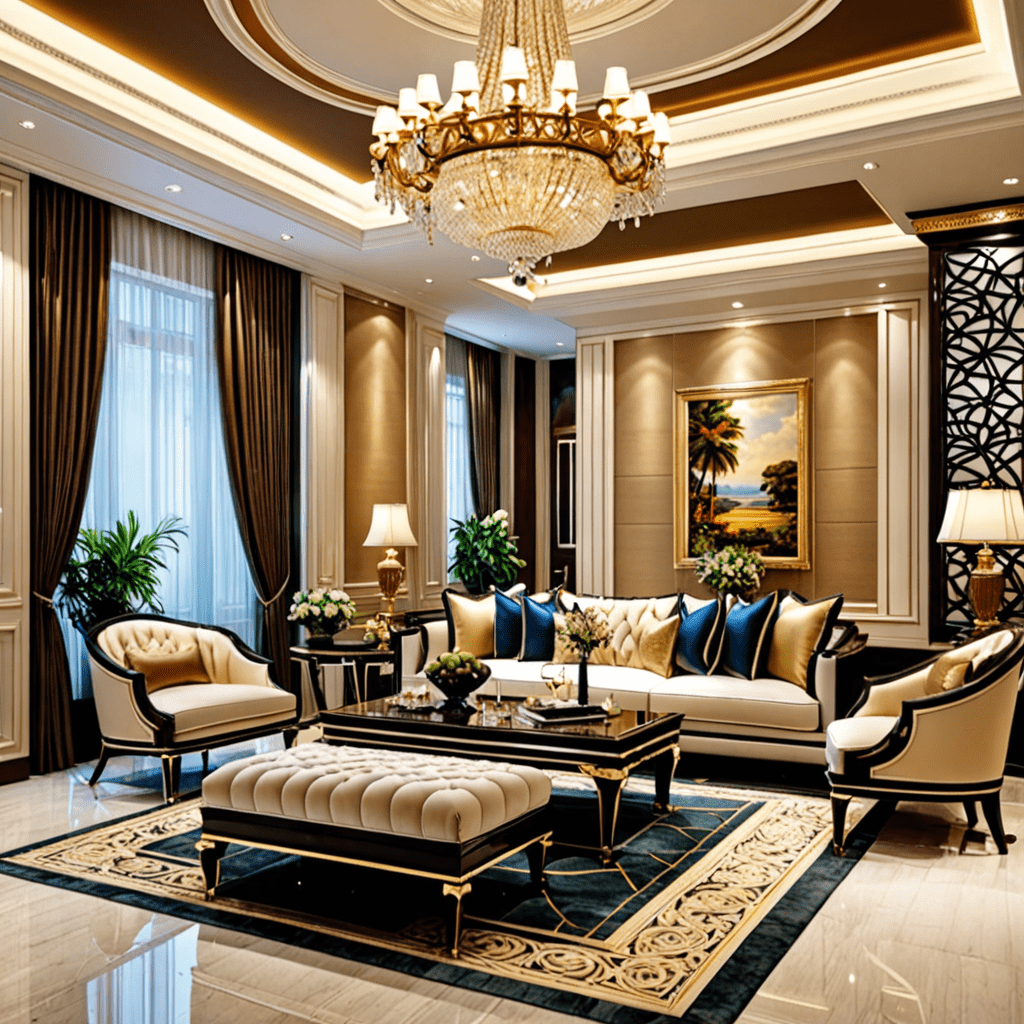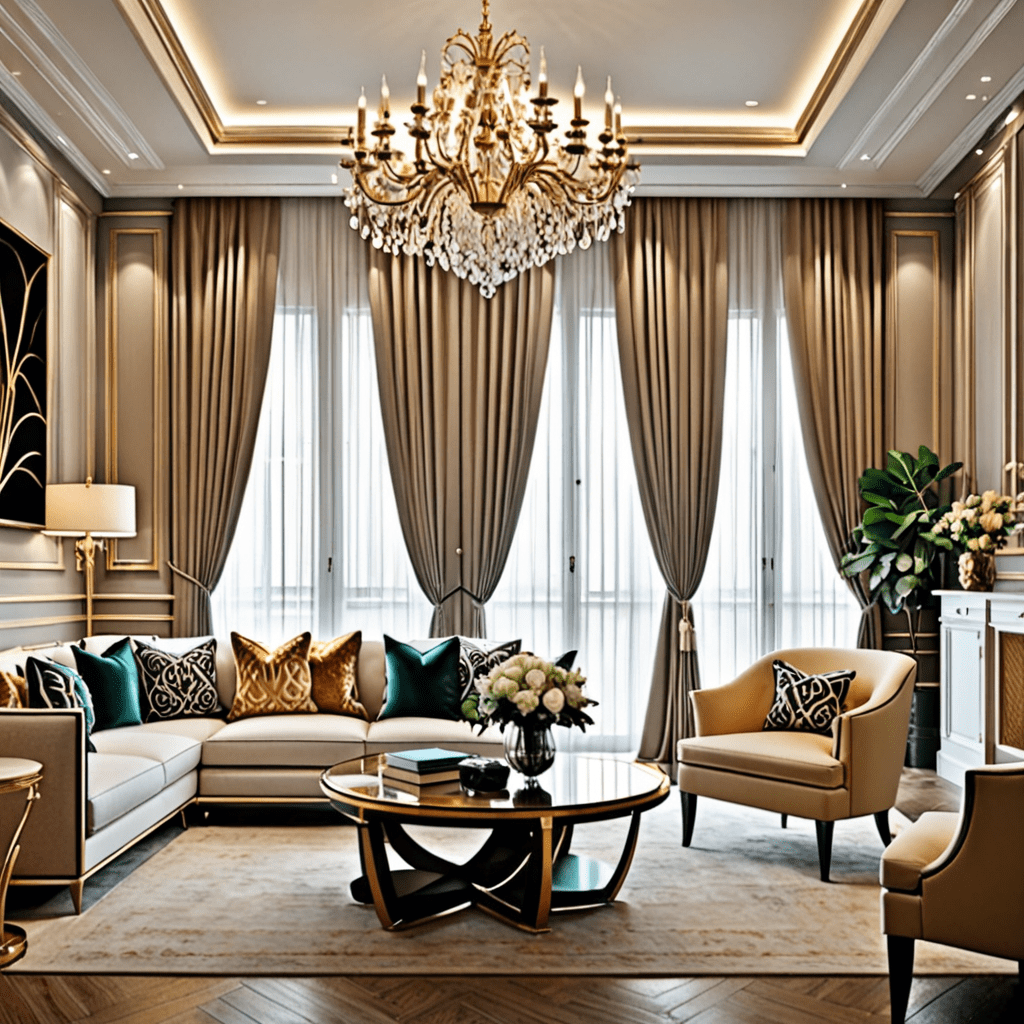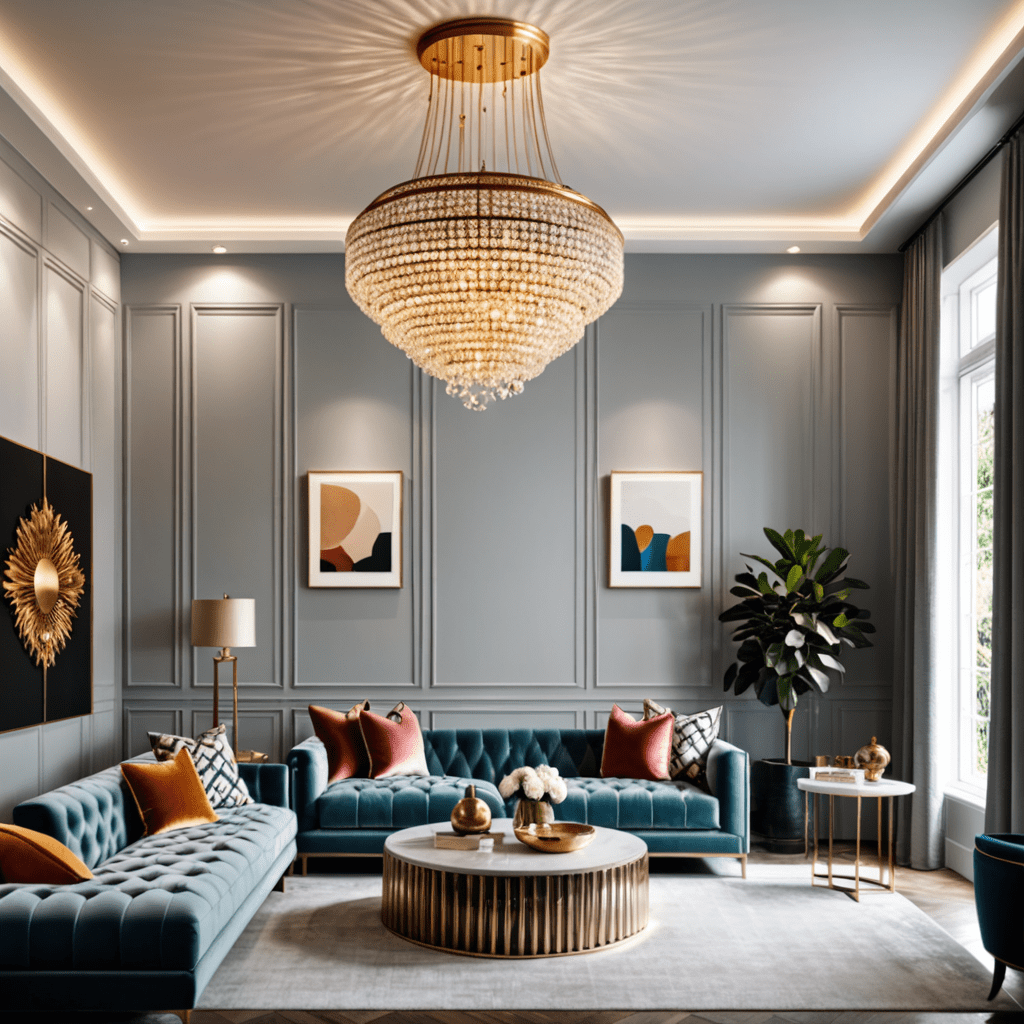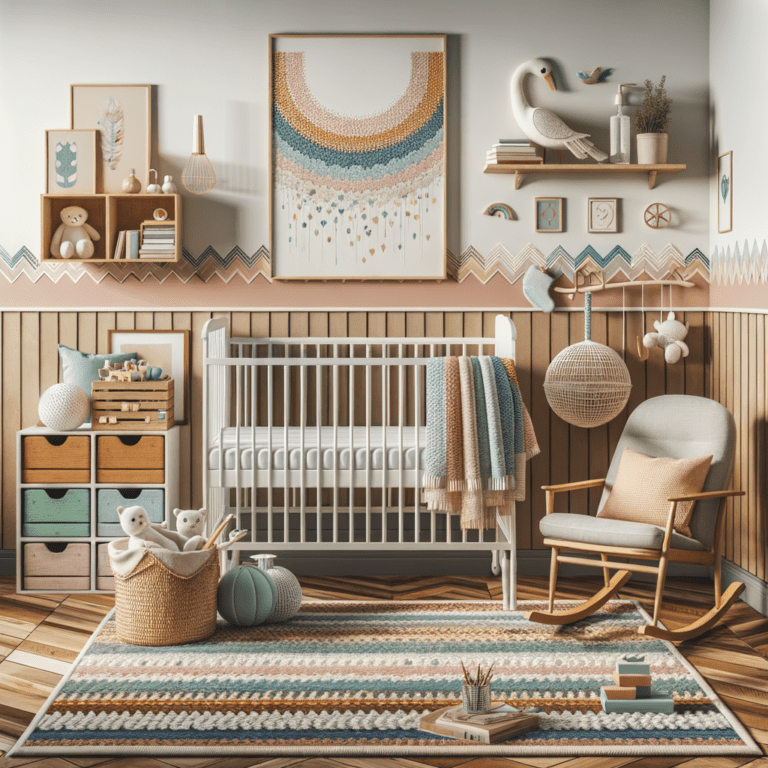Green Interior Design: How to Bring the Outside In
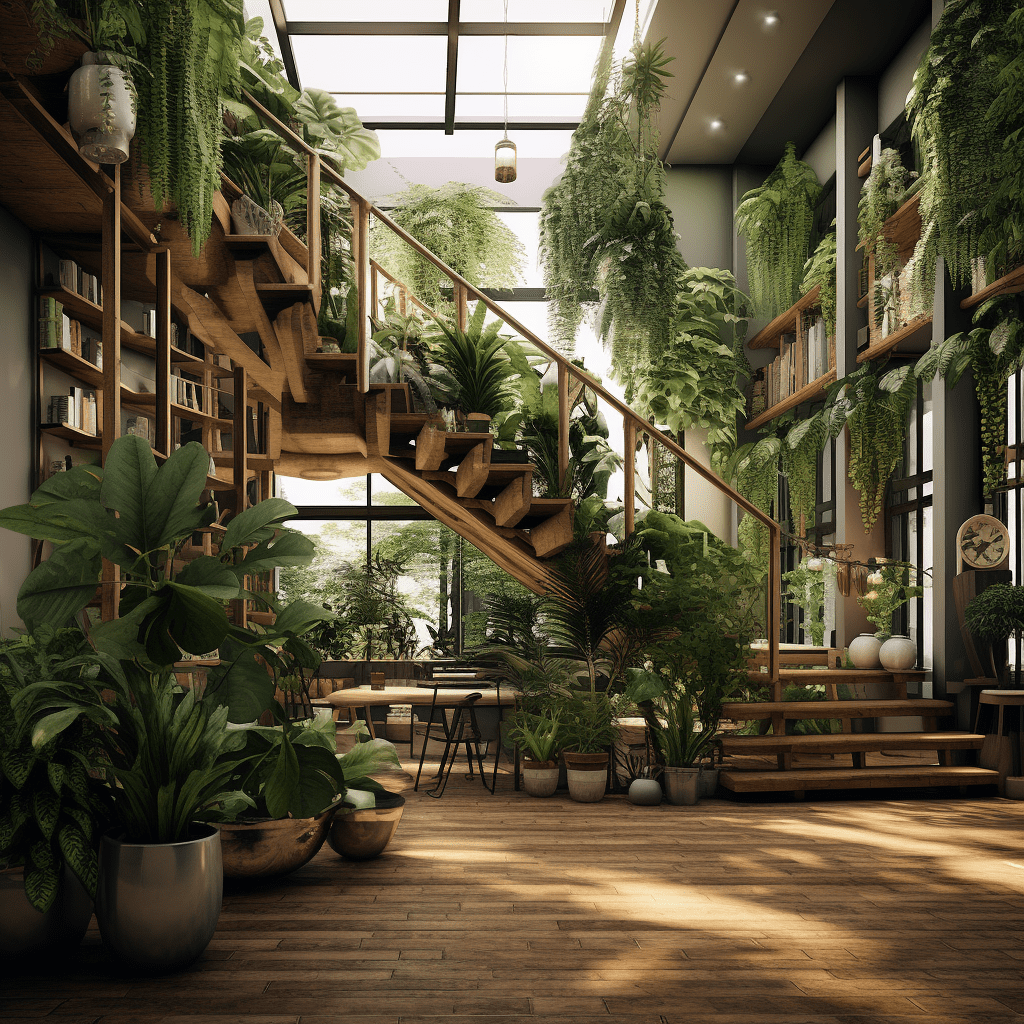

Enhancing Your Home with Plant Interior Design
In recent years, plant interior design has become increasingly popular as people recognize the numerous benefits that plants bring to their living spaces. Not only do plants add a touch of nature and beauty to any room, but they also provide a wide range of health and wellness benefits. Whether you’re a seasoned plant enthusiast or just starting to incorporate greenery into your home, this blog post will provide you with valuable insights and tips on how to make the most of plant interior design.
The Benefits of Plant Interior Design
Plants are more than just visually appealing; they also offer a host of benefits for your overall well-being. Here are some of the key advantages of incorporating plant interior design into your home:
- Improved air quality: Plants act as natural air purifiers by filtering harmful toxins and releasing oxygen. They help remove pollutants such as formaldehyde, benzene, and trichloroethylene from the air, creating a healthier indoor environment.
Increased productivity: Studies have shown that having plants in the workplace or home can enhance productivity and concentration. The presence of greenery has been linked to lower stress levels, improved focus, and enhanced cognitive performance.
Reduced stress and anxiety: Being surrounded by nature can have a calming effect on the mind and body. Plants can help create a soothing and relaxing atmosphere, which can significantly reduce stress and anxiety.
Improved mental health: Plant care and gardening have been found to have therapeutic benefits for mental health. Taking care of plants can promote mindfulness, reduce symptoms of depression, and increase feelings of happiness and well-being.
Enhanced aesthetic appeal: Plants add a touch of natural beauty and freshness to any interior space. Whether it’s a vibrant potted plant or a cascading vine, plants can instantly elevate the visual appeal of your home.
Choosing the Right Plants for Your Interior Space
When it comes to plant interior design, choosing the right plants for your indoor space is crucial. Factors such as lighting, humidity, and available space should be taken into consideration. Here are some popular plant choices for different areas of your home:
Living Room
- Fiddle Leaf Fig: With its large, glossy leaves, the fiddle leaf fig brings a touch of elegance to any living room. It thrives in bright, indirect light and requires minimal maintenance.
Snake Plant: Ideal for beginners, the snake plant is a low-maintenance option that can tolerate low light conditions. Its striking upright leaves add a modern and architectural touch to your space.
Bedroom
Peace Lily: Known for its air-purifying qualities, the peace lily is perfect for the bedroom. It thrives in low to medium light conditions and can help improve air quality while you sleep.
Spider Plant: The spider plant is a popular choice for bedrooms due to its ability to remove toxins from the air. It’s also pet-friendly, making it a safe option for households with furry friends.
Kitchen
Herbs: Growing herbs in your kitchen not only adds a fresh and aromatic touch but also provides you with a convenient source of culinary ingredients. Popular herb choices include basil, mint, rosemary, and thyme.
Aloe Vera: This succulent not only adds beauty to your kitchen but also has many health benefits. Aloe vera gel is known for its soothing properties and is commonly used to treat minor burns and skin irritations.
Bathroom
Boston Fern: The Boston fern thrives in the humidity-rich environment of a bathroom. With its feathery fronds, it adds a touch of lushness and elegance to any bathroom space.
ZZ Plant: If you’re looking for a low-light option for your bathroom, consider the ZZ plant. Its shiny, dark green leaves can withstand low light and occasional neglect.
Caring for Your Indoor Plants
Caring for indoor plants requires a basic understanding of their specific needs. Here are some general care tips to help your plants thrive:
- Watering: Ensure you water your plants appropriately, taking into account their specific water requirements. Overwatering or underwatering can lead to root rot or dehydration, respectively.
Lighting: Different plants have varying lighting requirements. Place your plants in suitable locations based on their light preferences – direct sunlight, bright indirect light, or low light.
Humidity: Some plants, such as tropical varieties, thrive in higher humidity levels. Consider misting or placing a humidifier near your plants if your home has dry air.
Fertilizing: Regularly fertilize your plants to ensure they receive the necessary nutrients. Use a balanced fertilizer or one specifically formulated for indoor plants.
Pruning: Keep your plants looking healthy and neat by regularly pruning dead or yellowing leaves. Pruning also promotes new growth and prevents the spread of pests or diseases.
Frequently Asked Questions (FAQ)
Q: Can I place indoor plants in rooms with no windows?
A: Although most plants require some natural light to thrive, there are several low-light tolerant options that can survive in rooms with no windows. Consider plants like the snake plant, ZZ plant, or peace lily, as they can tolerate low light conditions.
Q: How often should I water my indoor plants?
A: The frequency of watering depends on various factors such as the plant species, size of the pot, and environmental conditions. As a general rule, it’s best to allow the soil to dry out slightly between waterings while ensuring it doesn’t become bone dry.
Q: Can I propagate my indoor plants?
A: Yes, many indoor plants can be propagated through various methods such as stem cuttings, leaf cuttings, or division. Propagating your plants not only allows you to expand your collection but also promotes healthier, more robust growth.
With these valuable insights and tips, you can now confidently embark on your plant interior design journey. Whether you’re looking to create a calming oasis in your bedroom or a vibrant green space in your living room, remember that the possibilities are endless when it comes to incorporating plants into your home. Happy planting!
